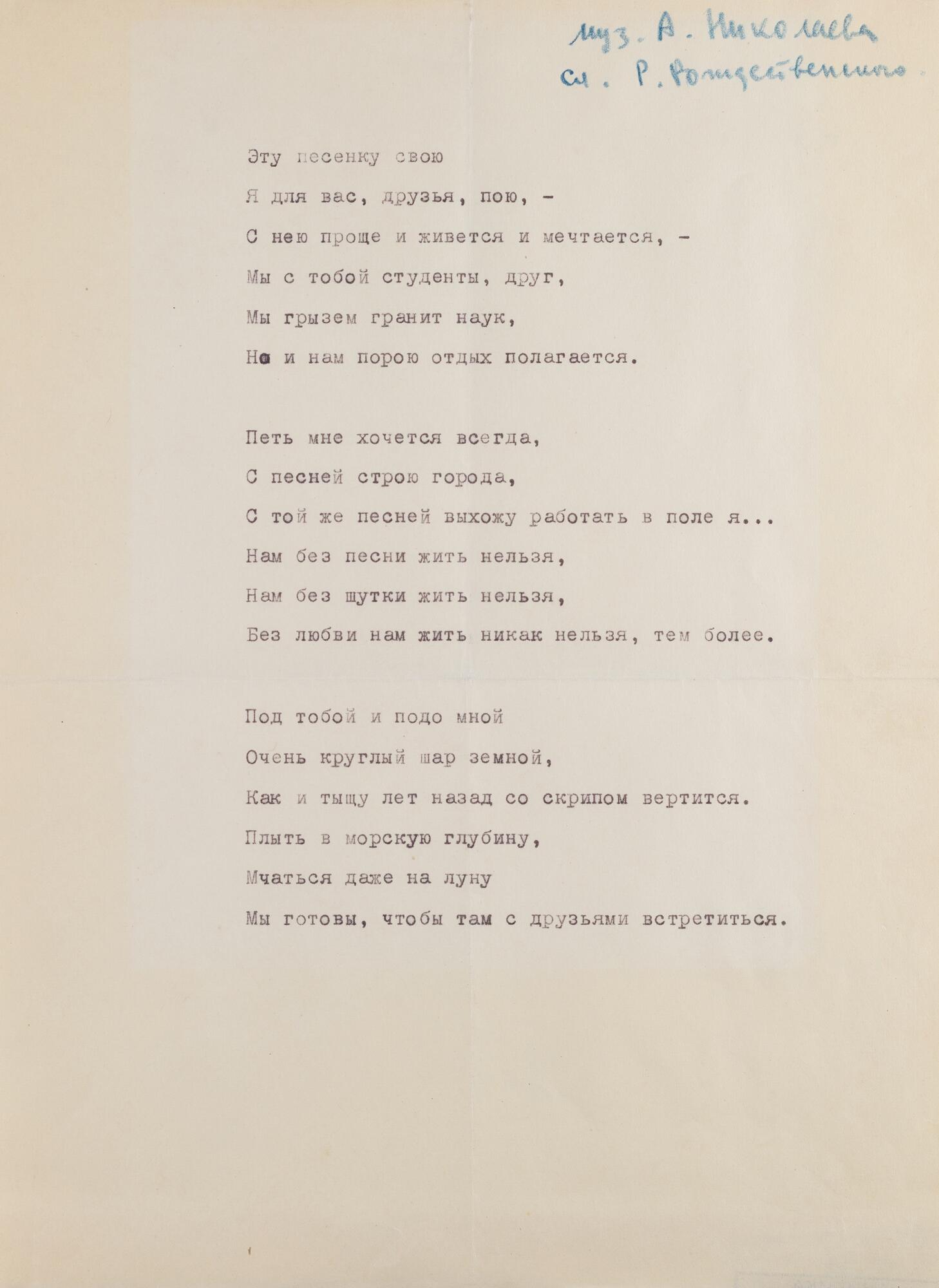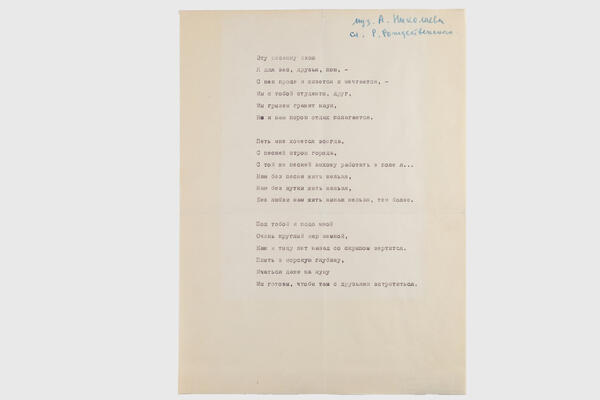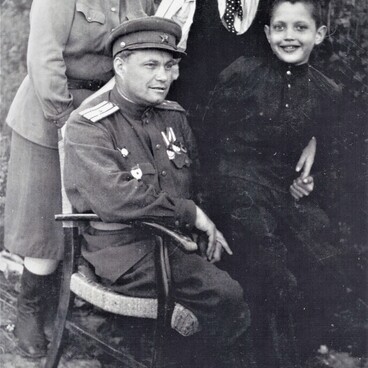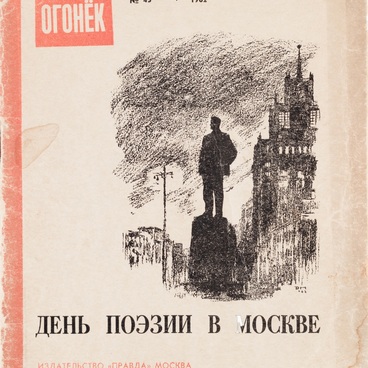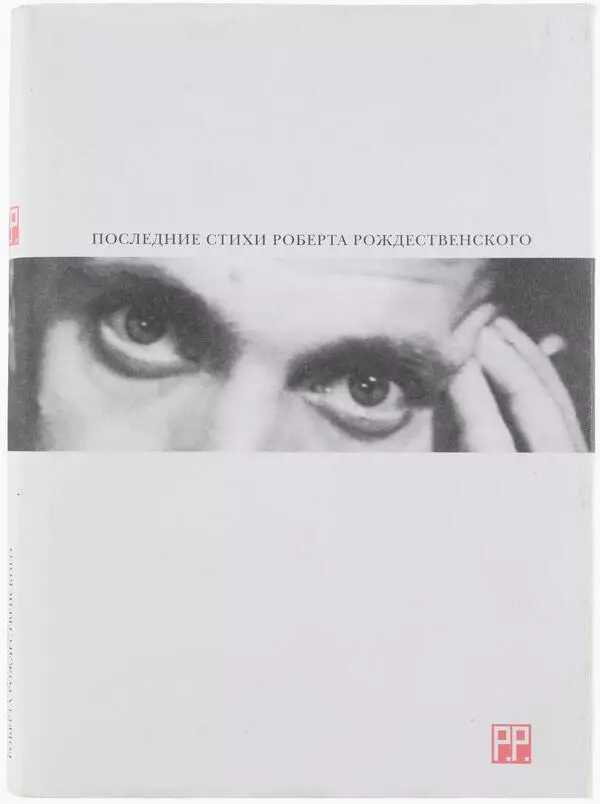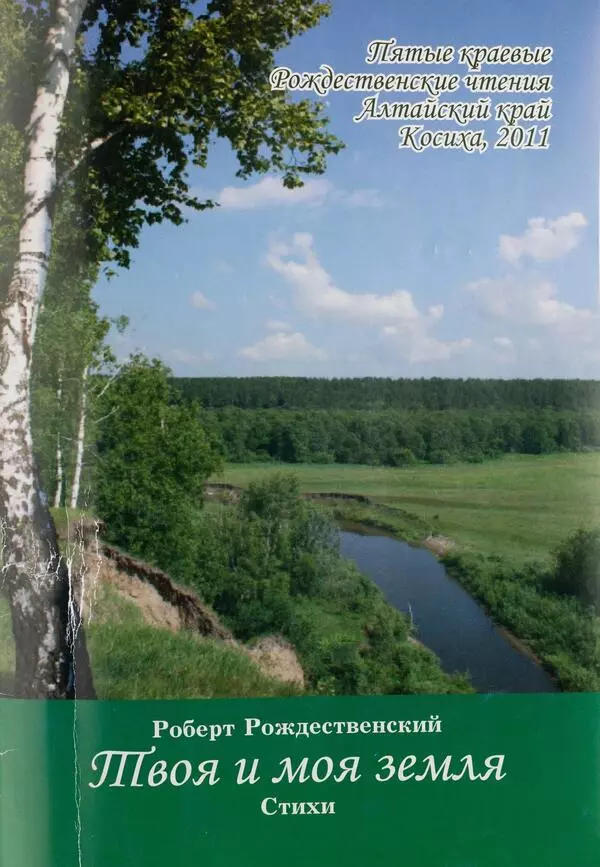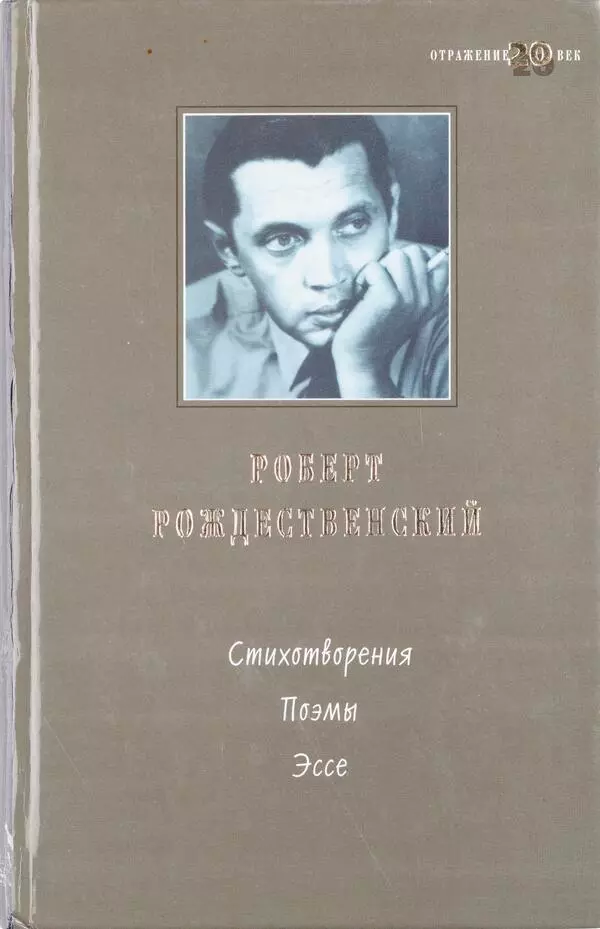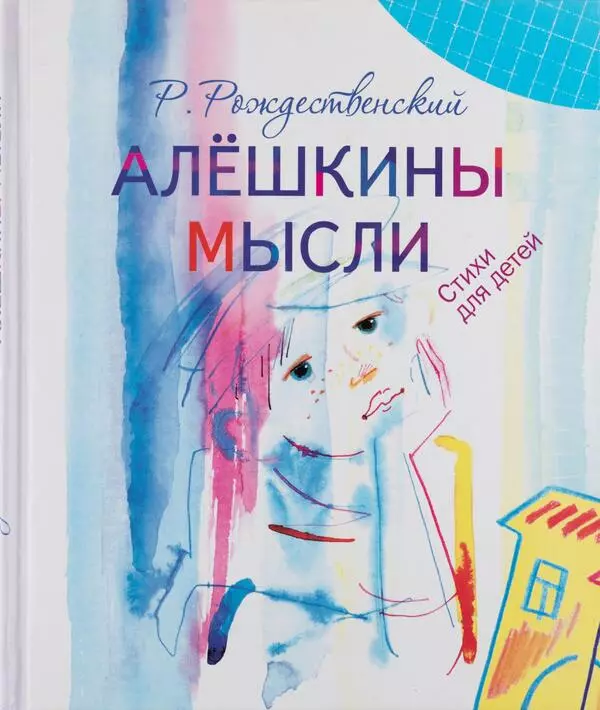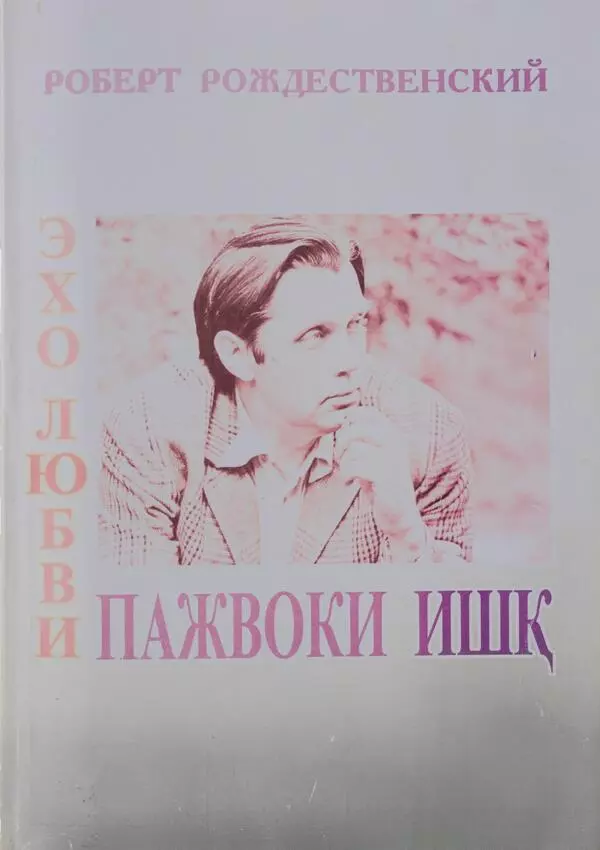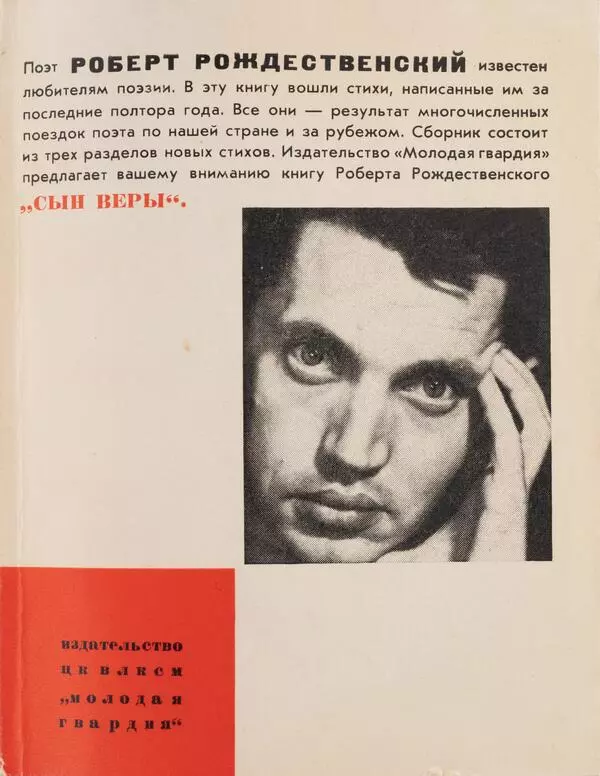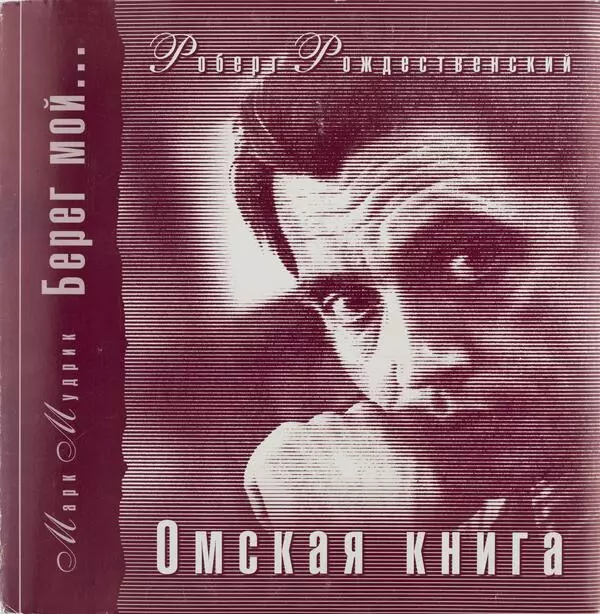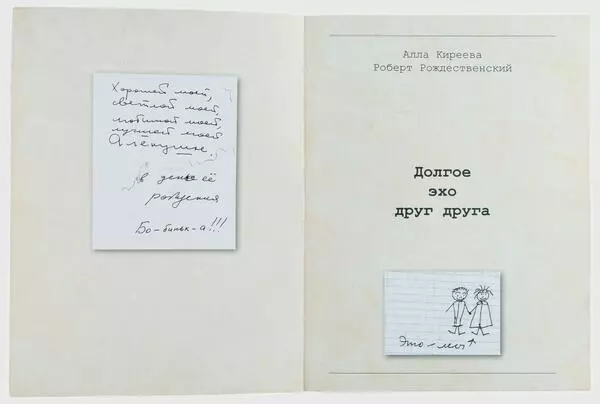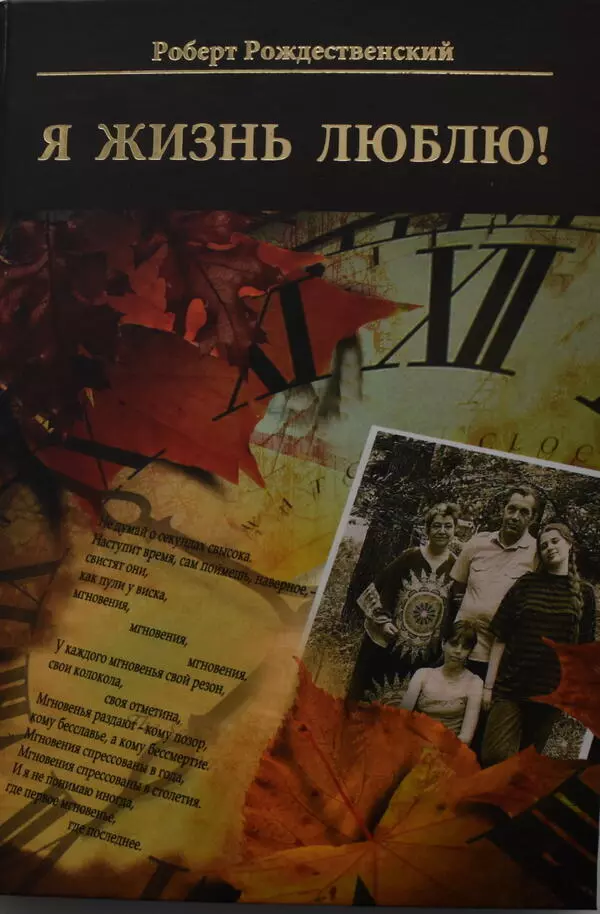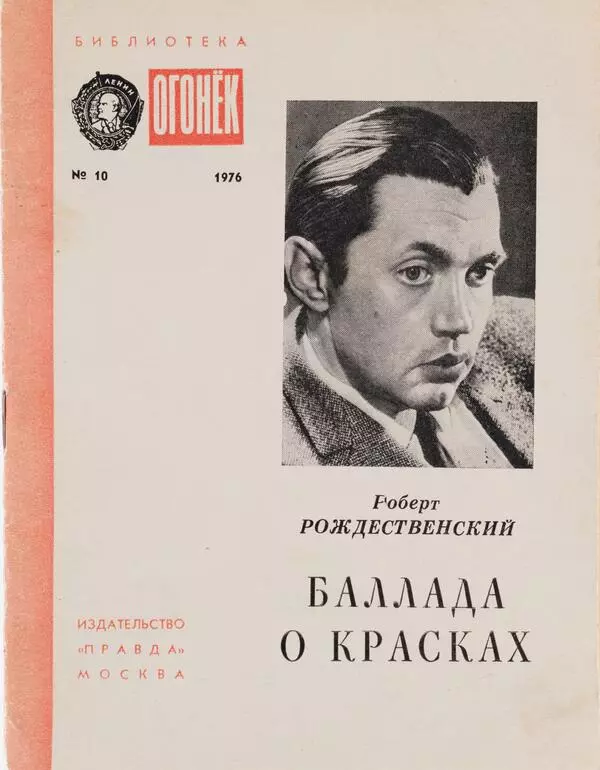In 1957 Moscow was preparing to hold the 6th World Festival of Youth and Students — an unprecedented event of the Thaw era. It was opened on 28 July, 1957. 34 thousand people from 131 countries of the world attended the festival with the slogan “For Peace and Friendship”.
The festival lasted two weeks and became a significant and symbolic event for young people who associated it with the upcoming long-expected changes in the society. At the same time, it was the biggest one in its history. The event was held in the middle of the “Khrushchev Thaw” era and was remembered thanks to the atmosphere of freedom and openness.
Foreigners arrived to freely communicate with the Muscovites since it wasn’t prohibited by the law anymore. The guests could visit the Moscow Kremlin and Gorky Park. More than 800 events were held during the two weeks of the festival. The symbols of the grandiose international forum were the drawing “Dove of Peace” by Pablo Picasso and the globe-flower that symbolized the unity of the youth of all five continents — the petals. The latter was created by artist Konstantin Kuzginov. Moreover, people were fascinated with the monument created by Stanislav Savitsky “Peace to the world!”
At the closing ceremony the song “Moscow Nights” was performed by Vladimir Troshin and Edita Piekha. For a long time, the song was the calling card of the USSR.
One of the festival competitions later transformed into a long-running TV show and laid the foundation for the live broadcasts of KVN (Club of the Funny and Inventive, a Russian humor TV show) in the Soviet Union. The students of VGIK (All-Russian State Institute of Cinematography named after S.A. Gerasimov) decided to shoot a story film “The Roads to the Festival” to honor the event. Many VGIK students worked on the film: directors Renita and Yuri Grigoriev, as well as other young writers, cameramen, artists and actors. Robert Rozhdestvensky also took part in the making of the film, as he was asked to write the lyrics for the soundtrack. Soon the poet presented the lyrics “I”m singing this song for you, my friends…”, for which Alexey Nikolaev, a young composer and graduate student of Moscow State Conservatory, composed the music. Unfortunately, the song wasn’t included in the film. Since 1957, the manuscript with the lyrics was housed in the archives of the directors, who later donated it to the museum.
The festival lasted two weeks and became a significant and symbolic event for young people who associated it with the upcoming long-expected changes in the society. At the same time, it was the biggest one in its history. The event was held in the middle of the “Khrushchev Thaw” era and was remembered thanks to the atmosphere of freedom and openness.
Foreigners arrived to freely communicate with the Muscovites since it wasn’t prohibited by the law anymore. The guests could visit the Moscow Kremlin and Gorky Park. More than 800 events were held during the two weeks of the festival. The symbols of the grandiose international forum were the drawing “Dove of Peace” by Pablo Picasso and the globe-flower that symbolized the unity of the youth of all five continents — the petals. The latter was created by artist Konstantin Kuzginov. Moreover, people were fascinated with the monument created by Stanislav Savitsky “Peace to the world!”
At the closing ceremony the song “Moscow Nights” was performed by Vladimir Troshin and Edita Piekha. For a long time, the song was the calling card of the USSR.
One of the festival competitions later transformed into a long-running TV show and laid the foundation for the live broadcasts of KVN (Club of the Funny and Inventive, a Russian humor TV show) in the Soviet Union. The students of VGIK (All-Russian State Institute of Cinematography named after S.A. Gerasimov) decided to shoot a story film “The Roads to the Festival” to honor the event. Many VGIK students worked on the film: directors Renita and Yuri Grigoriev, as well as other young writers, cameramen, artists and actors. Robert Rozhdestvensky also took part in the making of the film, as he was asked to write the lyrics for the soundtrack. Soon the poet presented the lyrics “I”m singing this song for you, my friends…”, for which Alexey Nikolaev, a young composer and graduate student of Moscow State Conservatory, composed the music. Unfortunately, the song wasn’t included in the film. Since 1957, the manuscript with the lyrics was housed in the archives of the directors, who later donated it to the museum.
